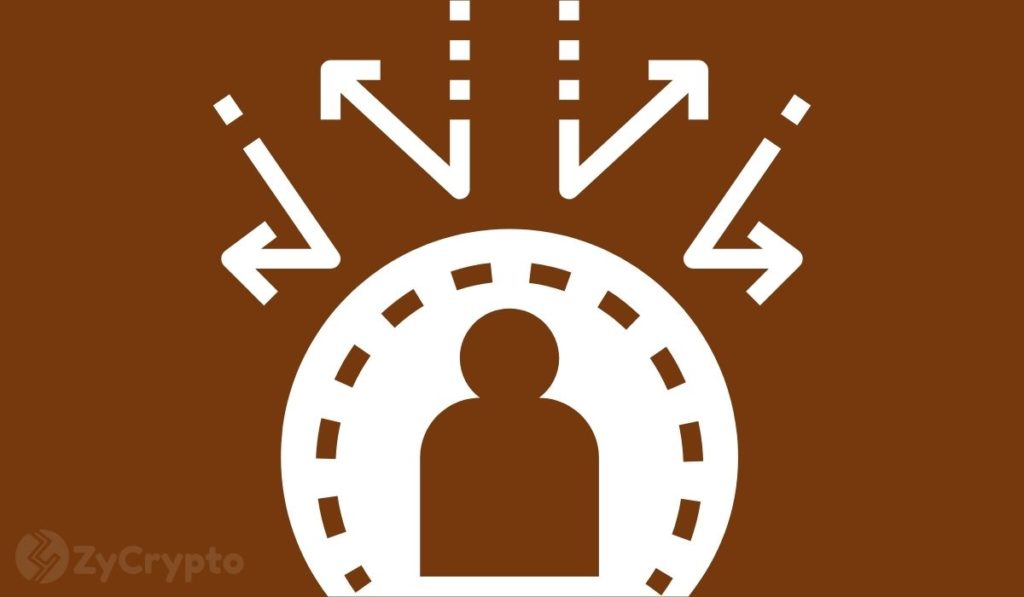2019-1-8 21:14 |
Report Shows 70% Of Central Banks Is Performing Research Regarding CBDCs
According to a recent report published on January 8 by the Bank for International Settlements (BIS) seventy percent of central banks around the world are analyzing the introduction of Central Bank Digital Currencies (CBDC). However, it seems that just a few of these monetary institutions are going to release a CBDC in the near future.
The Bank for International Settlements was created almost 90 years ago in order to foster international monetary and financial cooperation among central banks. The BIS has performed research activities around CBDC and their impact on the economy.
The summary of the report reads as follows:
“The hypothetical benefits and risks of central bank digital currencies are being widely discussed. This BIS paper adds to these discussions by taking stock of how progress and plans in this area are developing, based on a global survey of central banks.”
As per the responses gathered by the financial institution, central banks are proceeding with caution and most of the investigations are just in a conceptual stage. There are just a few central banks that moved to consider practical issues. Indeed, there are some central banks that would be able to release a digital currency in the short or medium term.
According to the BIS, CBDCs could be classified as ‘wholesale’ or ‘retail.’ Wholesale CBDCs are those with restricted access such as wholesale settlements, including interbank payments and securities settlements.
Retail CBDCs can be divided into ‘general purpose’ and ‘account based.’ The first ones are digital cash issued by the central bank and those of ‘general purpose’ are those available and aimed at retail transactions.
In order to understand how CBDCs are being developed, the BIS surveyed 63 central banks around the world from 41 emerging market economies (EMEs) and 22 advanced economies. These institutions represent 80% of the world’s population and more than 90% of the world’s GDP. Seventy percent of those central banks are engaged in CBDC research. This represents a slight increase compared to 2017.
Some of the jurisdictions that are planning to issue a general purpose CBDC are Sweden and Uruguay. Sweden is working in order to offer a new e-Krona that could be used to improve access to financial services to those vulnerable in society. Sweden is one of the countries that moved towards cashless means of payments and this could leave some individuals outside the financial world.
Apparently, the Swedish central bank, Riksbank, is working side by side with IOTA. The new CBDC could work on top of the Tangle technology according to some reports.
Uruguay has reportedly completed a pilot program to create a general purpose CBDC. Similar to what is happening in Sweden, Uruguay is also experiencing a cash usage reduction. This is why the central bank launched an e-Peso pilot programme back in November 2017. As the blockchain-based pilot was successful, the central bank is planning further trials.
Christine Lagarde, the head of the International Monetary Fund (IMF) explained that CBDCs could improve financial inclusion, security, and consumer protection. For her, CBDCs have a lot of potential to improve society.
origin »Central African CFA Franc (XAF) íà Currencies.ru
|
|




















